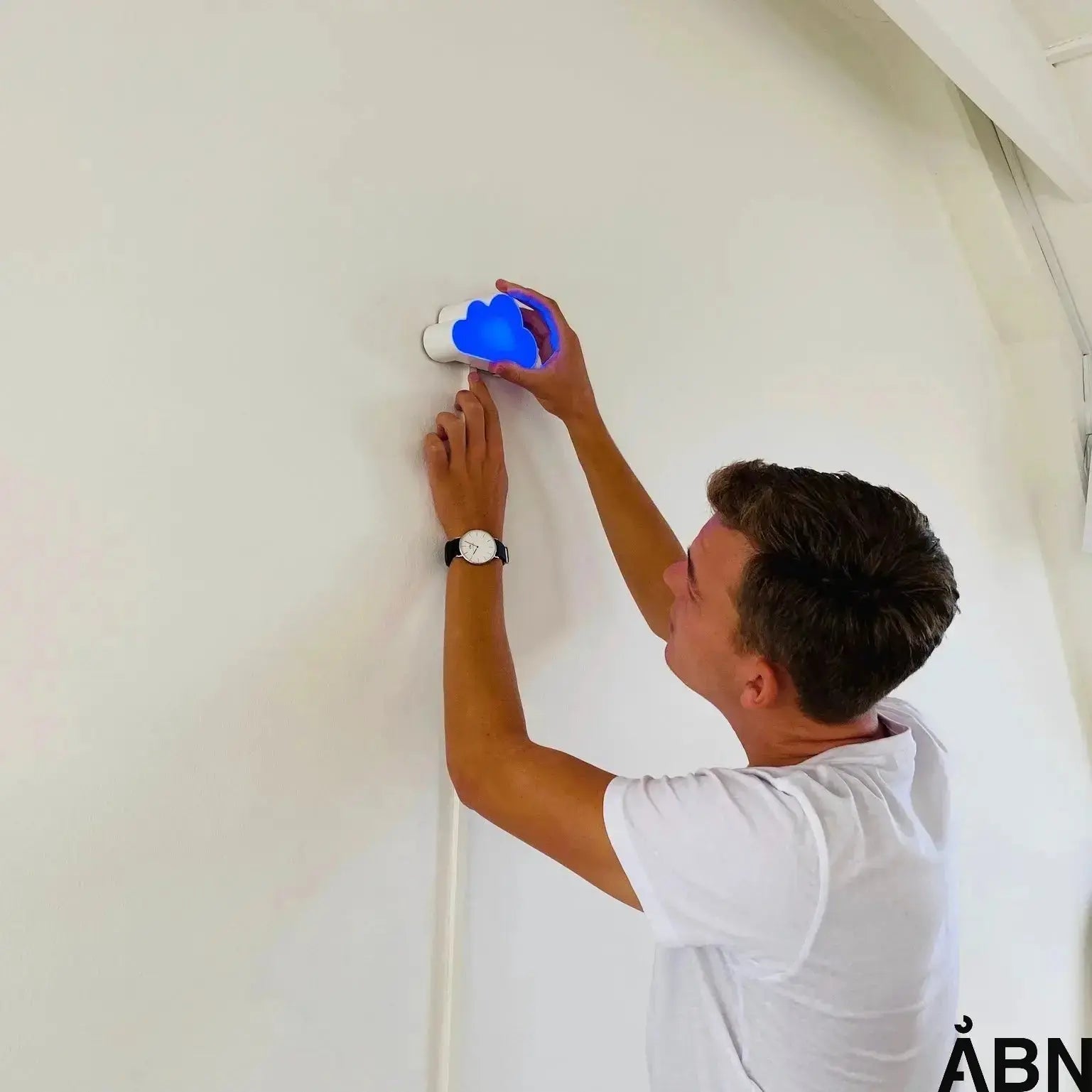Why does the indoor climate become too dry?
Dry air is often caused by:
-
Low humidity in winter – Cold air can hold less moisture, which means that heating makes the air even drier.
-
Too much ventilation – Excessive airing or high ventilation can remove too much moisture from the air.
-
Mechanical heating – Radiators, underfloor heating and heat pumps can dry out the air if moisture is not added.
-
Building materials and furniture – New materials such as concrete, plaster and wood can absorb moisture and affect air humidity.
According to the Danish Labour Inspectorate The humidity in a workplace should be between 40-60% to ensure a healthy indoor climate.
Signs that the indoor climate is too dry
If the humidity becomes too low, you may experience:
-
Dry and irritated skin
-
Itchy eyes and dry throat
-
More frequent respiratory infections
-
Increased static electricity (hair and clothes stick together)
-
Cracks in wooden floors and furniture
These symptoms can affect your well-being and reduce productivity at work.
How to improve a too dry indoor climate
If you experience an indoor climate that is too dry, you can try these solutions:
1. Measure the humidity
Use a SKYEN to measure the humidity. If it is below 40% , you should take action.
2. Use a humidifier
An electric humidifier can add the necessary moisture to the air, especially during the winter months.
3. Place more green plants
Plants like peace lilies and golden palms release moisture and help stabilize the indoor climate.
4. Avoid overheating
Keep the temperature between 20-22°C to prevent the air from drying out.
5. Vent in moderation
Ventilation is important, but short and effective air changes (5-10 minutes at a time) prevent too much moisture from disappearing.
6. Place water bowls by radiators
This simple trick can help increase humidity naturally as the heat from radiators causes the water to evaporate and moisten the air. However, be careful not to let your humidity get too high, as this can cause other problems and damage to the building.
Checklist: Do you have your humidity under control?
✅ Humidity between 40-60%
✅ No dry mucous membranes or skin irritation
✅ Limited static electricity
✅ Good balance between ventilation and heating
If you continue to experience problems with a dry indoor climate, it may be necessary to install more advanced solutions such as air management systems. Contact your technical service manager to find out if a solution is planned for your challenge.









